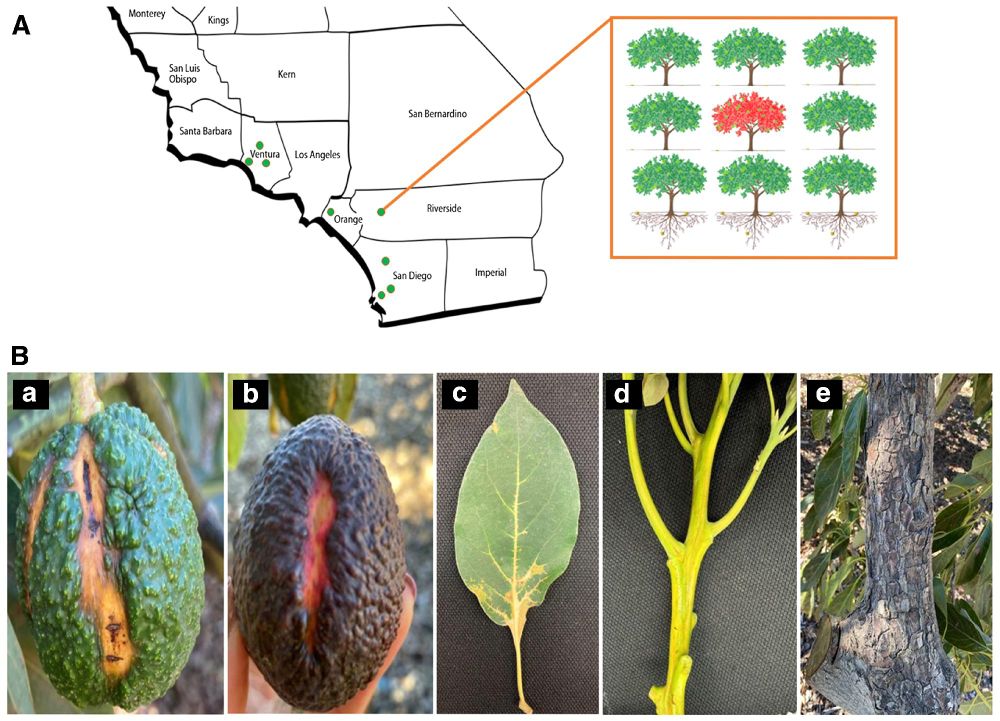







👉 https://apsjournals.apsnet.org/toc/phyto/115/10

👉 https://apsjournals.apsnet.org/toc/phyto/115/10








![Phenotype and trypan blue analysis of the control (GFP, empty vector [EV]) and overexpression group (MsRLK725, OE) after inoculation with Rhizoctonia solani (top) and Phoma medicaginis (bottom) for 3 days.](https://cdn.bsky.app/img/feed_thumbnail/plain/did:plc:6nl62hamemajwbptcehugp5o/bafkreibk2kcznzdp2o2r3n3afltm5hhknq3cl4yfgpbrznmi3lnuccrlr4@jpeg)



Read the original article in Phytopathology: doi.org/10.1094/PHYT...

Read the original article in Phytopathology: doi.org/10.1094/PHYT...





